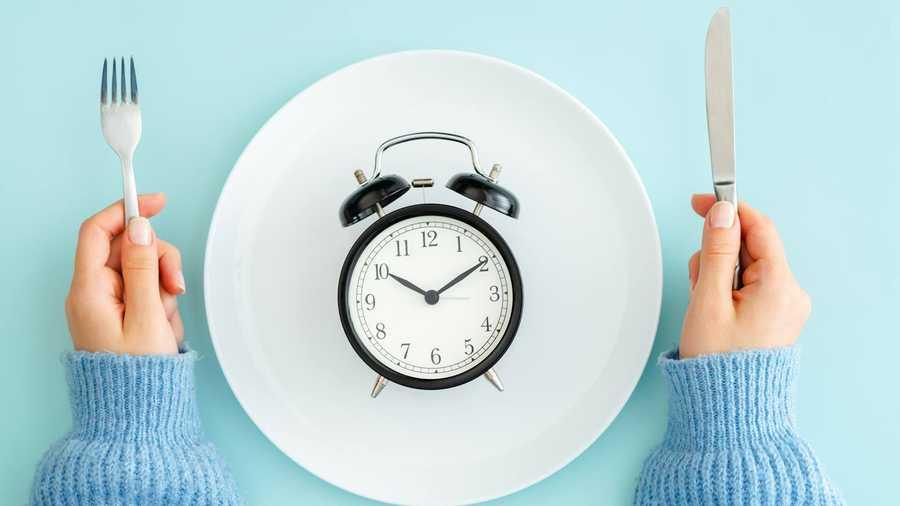The Body On Fasting
Food provides the cells in our bodies with their fuel: glucose. Our bodies release a certain amount of glucose into the blood and store the rest as glycogen, releasing it as needed. Once that supply is used up – after at least 12 hours without food – our fat stores are called upon.
Burning of fats actually makes the body less hungry, something which is being researched by dieticians studying metabolism. It is also observed that fasting dampens certain types of hormones, reducing the risk of breast cancer.
26
246 reads
CURATED FROM
IDEAS CURATED BY
The idea is part of this collection:
Learn more about food with this collection
The power of gratitude and positive thinking
Ways to improve your mood
Simple daily habits for a happier life
Related collections
Similar ideas to The Body On Fasting
Switching modes
When we shorten the period for eating and extend the time for fasting, we stay in the fat-burning mode of our metabolism.
The moment we eat food, even coffee with a bit of sugar and milk, we switch to the other mode and start burning carbohydrates while storing glycogen an...
The Ketogenesis process
It supplies energy under circumstances such as fasting or caloric restriction to certain organs (e.g. the brain, heart, and skeletal muscle).
In ketogenesis, our livers start to break down fat into a usable energy source called ketones. Ketones can stand in for glucose as fuel for th...
Read & Learn
20x Faster
without
deepstash
with
deepstash
with
deepstash
Personalized microlearning
—
100+ Learning Journeys
—
Access to 200,000+ ideas
—
Access to the mobile app
—
Unlimited idea saving
—
—
Unlimited history
—
—
Unlimited listening to ideas
—
—
Downloading & offline access
—
—
Supercharge your mind with one idea per day
Enter your email and spend 1 minute every day to learn something new.
I agree to receive email updates

